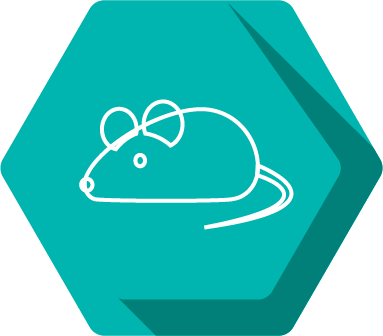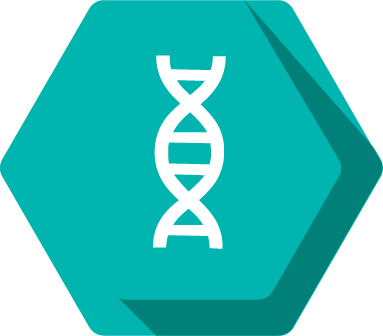Julian Peregoff

Pronouns: He/Him
Research Mentor(s): David Antonetti, Professor
Research Mentor School/College/Department: Ophthalmology, Michigan Medicine
Presentation Date: Thursday, April 22, 2021
Session: Session 2 (11am – 11:50am)
Breakout Room: Room 7
Presenter: 2
Abstract
Diabetic retinopathy is a debilitating complication of diabetes and a leading cause of blindness in the U.S. The blindness is caused by increased permeability of the blood-retinal barrier within the eye and also accumulation of fluid within the retina, called edema. Tight junction proteins in the vascular endothelial cells confer the blood-retinal and blood-brain barrier properties while diabetes alters these tight junctions contributing to vascular permeability. One family of tight junction proteins, claudins, have been shown to confer barrier property to tight junctions. Additionally, a recent study revealed that claudin 4 expression was associated with repair of ischemic damage in the brain. However, claudin 4 was expressed in glial cells, creating a glial limitans, rather than in endothelial cells. Given this interpretation, the current study aims to identify whether or not claudin 4 increases in astrocytes within an ischemic eye model. For the ischemic eye model, the lab used ischemic reperfusion to mimic the similar permeability induced in diabetic retinopathy. This study will also utilize immunofluorescence staining of whole mount retinas with astrocyte marker GFAP and claudin 4 antibodies, confocal microscopy, and imaris imaging analysis software. With this data, more conclusions can be drawn regarding the functionality and relationship between the levels of astrocytes and claudin 4 in the mouse model that mimics diabetic retinopathy.
Authors: Julian Peregoff, David Antonetti, Xuwen Liu
Research Method: Laboratory Research with Animals






